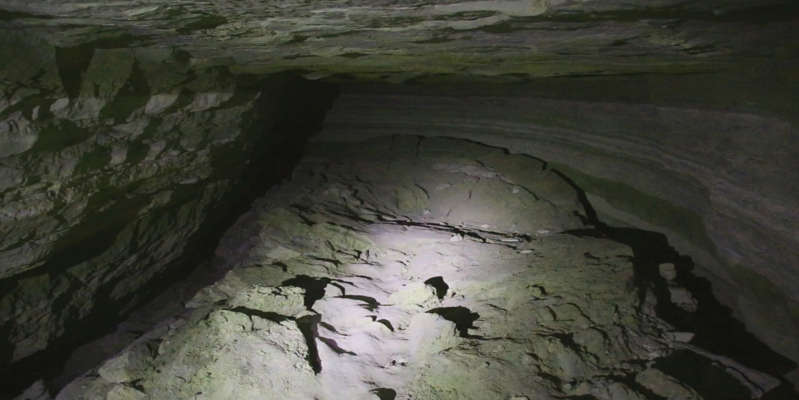
Ancient sloth bones found in Dominican cave
Scientists have identified a new species of extinct animals – a giant sloth that lived in the territory of the modern Dominican Republic five thousand years ago. It was given the scientific name Parocnus dominicanus, according to Vertebrate Anatomy Morphology Palaeontology.
In size, the sloth was slightly smaller than a black bear. His remains were found in the flooded Padre Nuestro cave on the southeast coast of Hispaniola. Analysis showed that this animal was different from all its known counterparts.
Scientists concluded that the special structure of the forelimbs helped the sloth adapt to life in lowland conditions. He was stronger and more agile than his relatives from other regions.
Experts from Philadelphia College believe that the specimen of sloth they studied most likely fell into the cave and died. To confirm that P. dominicanus was a unique species, they compared its fossilized remains to those of other extinct sloths from around the Caribbean.
Sloths do not currently live on the island of Hispaniola. But, as studies show, 6-7 different species of these animals once lived on it.
Sloths disappeared from the Caribbean about 4,000 years ago, about a thousand years after humans arrived in the region. But it is not known what caused their extinction – hunting or environmental changes associated with human activities.
Scientists noted that sloths had a unique ability to adapt to new conditions. But this did not save them from extinction. For 50 million years, about 80 species of sloths arose on the planet, but only two of them have survived to this day.
Previously, scientists have named the reason for the extinction of mammoths in North America. It turned out that the ancient hunters had nothing to do with it – climatic changes were to blame.

